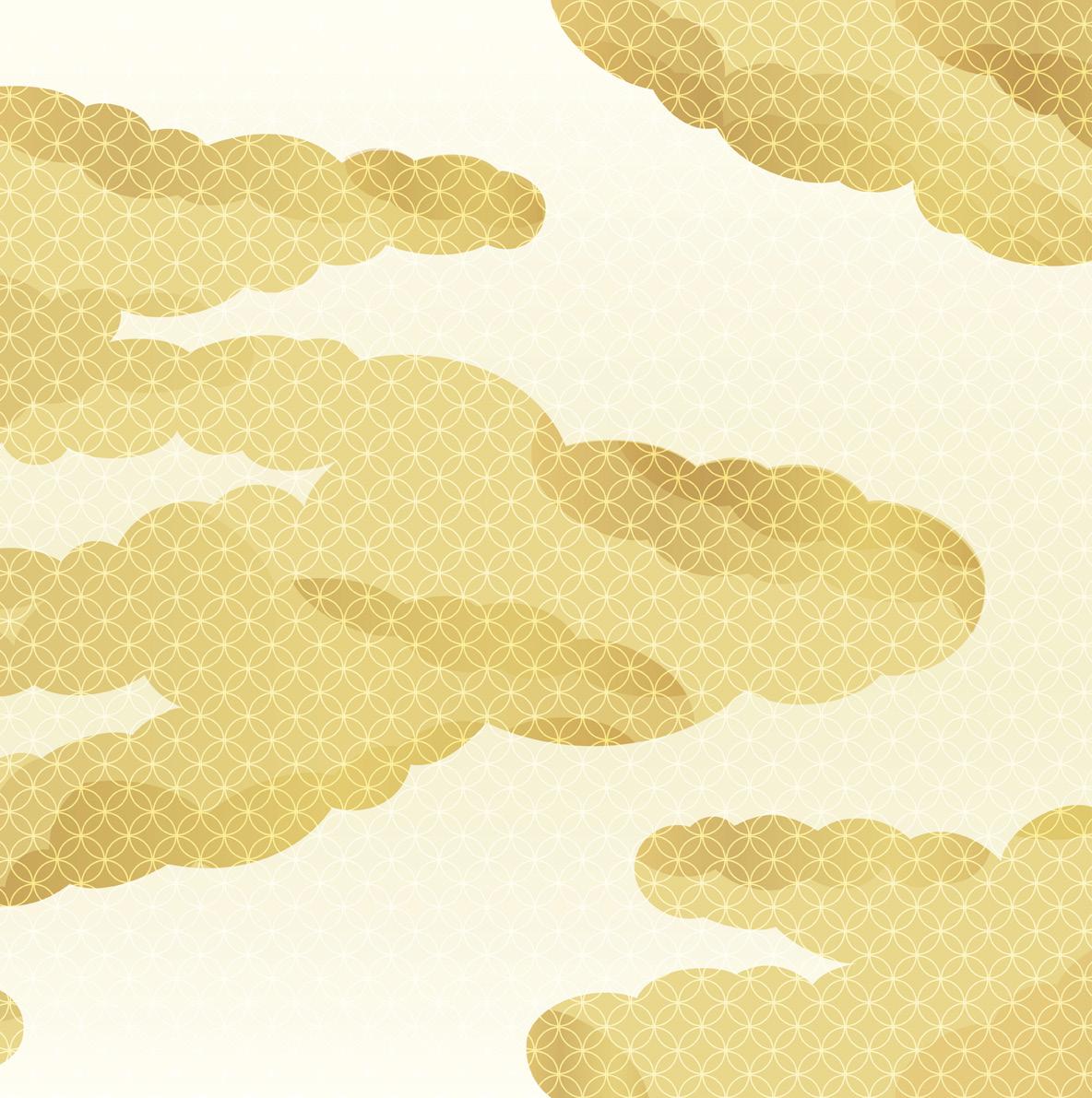
5 minute read
Market Watch
BY JOAN BAILEY
Omicho Market
Advertisement
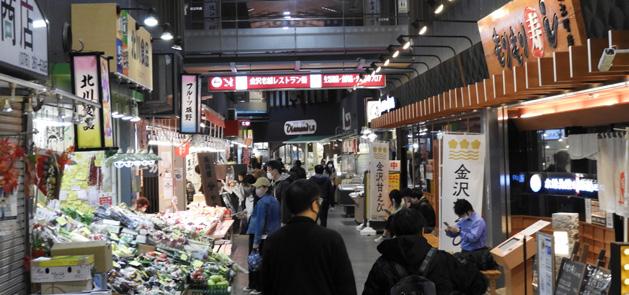
After more than 300 years, Kanazawa’s Omicho Market remains one of the best places for a taste of the surrounding land and sea. Fishmongers, of which there are many, tout an assortment of crabs, shrimp, and nodoguro (rosy seabass), the quintessential fish for this region, along with fresh or dried hotaruika (firefly squid), another local delicacy. Oysters, large and fresh, also abound, and visitors stand and slurp them with gusto or savor them over steamy bowls of rice.
Omicho’s warren of lanes is worth a stroll for the variety of oden, another local mainstay, udon, or sushi and sashimi eateries. However, fruits, vegetables, and sweets have their place, too. One of the best shops for a broad selection of local and heirloom varieties is Kitagawa Vegetables. A market mainstay for 70 years, their tightly packed, colorful display includes an assortment of pickles, four kinds of eggplant, round and oblong daikon, fresh wasabi, mushrooms, and a fine selection of local greens, including kinjiso, an heirloom variety with sturdy green and purple leaves perfect for salad, soup, or a quick sauté.
Shigeyoshi Yoneda of Kaiso Life stands behind his table bedecked with a variety of dried seaweeds and fish as he has for the last twenty years. Myriad combinations of everything from a snack to go with beer or sake to savory mekabucha (mekabu tea) are available. Harvested from just above the root of the wakame seaweed stalk, mekabu’s crinkly look is also a delightful addition to soups and salads.
Slightly less healthy, but no less delicious, are the fried delights found at Agemaruten Kasai. Their selection of ground fish patties offer a delectable blend of local vegetables, fish, and seasonality and are made on the spot. Autumn features patties containing lotus root and sweet potato, while spring and summer bring the vibrant greens of nanohana and komatsuna. Look for the line of visitors awaiting their fried blowfish, a Kanazawa specialty.
Those with a sweet tooth should head directly to Okunokashiho, which offers a variety of traditional sweets such as daifuku mochi, youkan, and manju. The two most unique, though, are the ikaga and abekawa mochis. Ikaga mochi features sweet bean paste surrounded by a layer of smooth mochi studded with bright yellow mochi rice. A wedding standard, it’s also a cheerful companion for a cup of coffee or tea. The abekawa are squares of mochi rice smothered in green kinako (roasted soy bean powder). In business for over 100 years, and at Omicho for more than 70, Okunokashiho is a sure bet.
Omicho Market
Kanazawa, Ishikawa Everyday: 9 a.m. to 5 p.m.
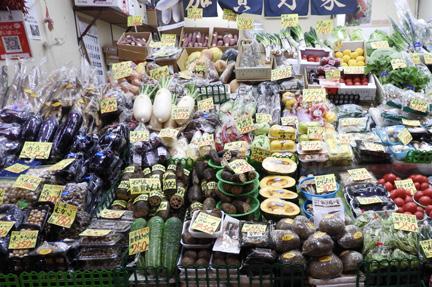
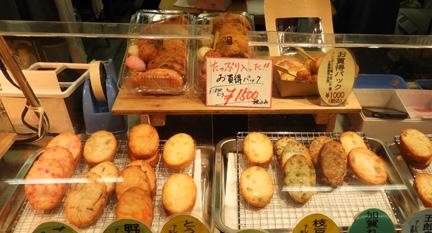
Onbashira Matsuri Onbashira Matsuri

BY GARDNER ROBINSON
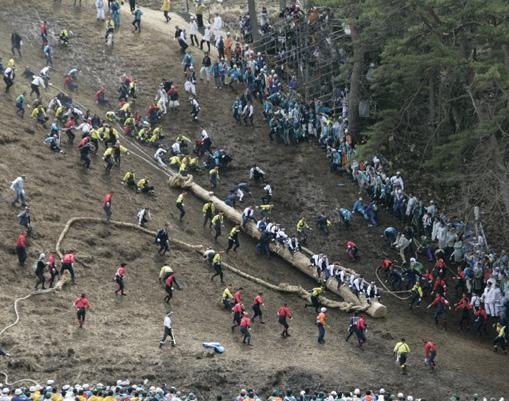
The Year of the Tiger roars back in 2022 and so does Onbashira Matsuri. This ancient festival, dating back more than 1,200 years, once again takes place in the communities around Lake Suwa in southern Nagano.
The Onbashira Matsuri is not only one of Japan’s oldest festivals, it is also one of the most dangerous. The matsuri is actually an elaborate Shinto ritual that plays out in the mountains, forests and rivers around Lake Suwa to replace four sacred pillars at each of the four shrines that comprise the Suwa Taisha (Suwa Grand Shrine). It all unfolds over two months in spring, once every six years on the Year of the Tiger and the Year of the Monkey.
Suwa Taisha is one of Japan’s oldest shrines and the birthplace—and headquarters—of the 10,000 Suwa shrines dotted around Japan. Villagers prepare for Onbashira by selecting sixteen enormous fir trees to become the sacred pillars (one in each corner of each shrine). Only those that are more than 150 years old and 17 meters tall are worthy of the honor.
Onbashira’s reputation as one of Japan’s most dangerous festivals is due to the number of locals that have died during the yamadashi (coming out of the mountains) ritual, where trees weighing as much as twelve tons are dragged down mountains, then ridden down steep 27-degree slopes in a show of courage. They are then carried across the frigid Miyagawa River where the logs are ceremoniously washed by the snow-fed waters that can drop to single digits. While the satobiki (pillar raising) ritual, held a month later, is less adrenaline-fueled, it is no less spectacular—or dangerous. Participants have also died while falling from atop the logs while they are paraded through the town or erected at the shrines.
There is no shortage of pageantry as beautiful horses prance, hanagasa dances are performed, the unforgettable high pitched Onbashira songs sung throughout, and countless traditions passed down from generation to generation take place while townspeople enjoy the street party they’ve meticulously prepared for leading up to the festivities.
As the festivities take place over many weeks, there is plenty of time for visitors to explore the surrounding area. It is a great cycling region highlighted by the 70-kilometer Venus Line that goes from Shimosuwa up to Kirigamine, the Kurumayama Plateau, Lake Shirakaba and then on to the tourist area of Tateshina before dropping down into Chino and looping back to Lake Suwa. The area is famous for miso and sake, so try to include a stop at Masumi, a well-known sake brewer on the northeast side of the lake between Kamisuwa and Shimosuwa. If you are lucky, long-term resident and international sales director, Keith Norum, will be in to share his extensive knowledge of their sake and the brewing process.
Lake Suwa is an onsen destination blessed with many hot springs and hot spring inns. There are footpaths and public baths including the Katakurakan's famous "Sennin-buro" (thousand person hot spring), which is Japan's oldest recreational onsen and designated as an important cultural property.
By car it takes about two hours and 30 minutes from Tokyo (Shinjuku) to the Suwa I.C. or two hours and 40 minutes from Nagoya to the Suwa I.C. on the Chuo Expressway. By train, it's two hours and 35 minutes on the Super Azusa from Shinjuku Station to Kami-Suwa Staton (there are no shinkansen) or two hours and 40 minutes on the Shinano Limited Express from Nagoya. Shinshu Matsumoto Airport also has flights from Sapporo (90 minutes) or Fukuoka (two hours and 50 minutes). Matsumoto is about 30 minutes from Lake Suwa by car or train. When: Yamadashi: Apr. 2-4, 8-10; Satobiki: May 3-5, 14-16 Where: Suwa, Shimosuwa and Chino, Nagano Web: onbashira.jp
